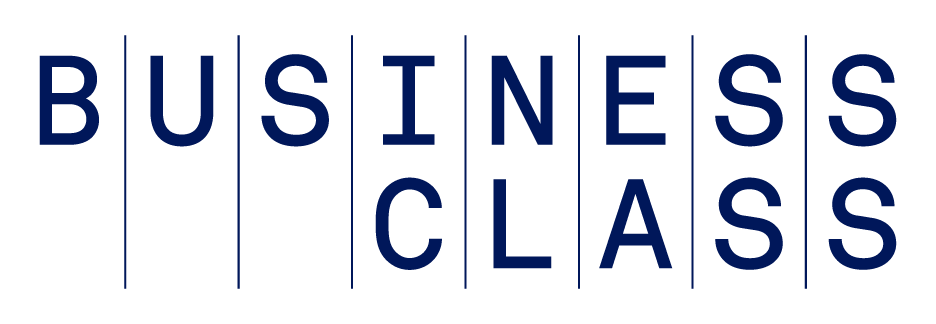What Is Diversity, Equity, and Inclusion (DEI)?
We often hear that diversity, equity, and inclusion (often shortened to DEI) are important in the workplace. But what exactly does DEI mean for an organization?
Diversity refers to all the ways we differ, some of which we are born with and cannot change. Anything that makes us unique is part of the definition of diversity.
Equity in the workplace recognizes that treating people fairly doesn’t always mean treating them identically. For example, some staff might have different requirements that need to be accommodated in order for them to have the same opportunities as everyone else. A person confined to a wheelchair may need an adjustable desk, for instance.
Inclusion involves bringing together and harnessing these diverse forces and resources in an equitable, beneficial way. It’s about creating an environment of respect and connection in which the richness of ideas, backgrounds, and perspectives are harnessed to create business value.
By remaining open to new ways of incorporating DEI into a company's values and systems, a culture of collaboration, open communication, and adaptability can emerge, which can help drive measurable success.
As the founder and CEO of CoachDiversity, I've discovered that organizational performance is strengthened when there is a proactive diversity, equity, and inclusion management strategy. This means workplace diversity, equity, and inclusion are valued; leadership is actively involved in cultivating a DEI mindset; and DEI initiatives are incorporated into the organization’s mission, policies, practices, and procedures.
Here are five strategies that businesses can use to improve diversity, equity, and inclusion at work.
1. Make a Plan to Include Diversity in the Workplace
Building workplace diversity helps create a space where talented individuals feel safe and respected, enhancing productivity. Diversity, when combined with equity and inclusion initiatives, can also boost financial performance and innovation over time. Therefore, establishing a long-term, quantifiable DEI plan is part of good business planning.
Plan specifics will depend on an organization’s unique characteristics but might include goals to increase representation across all levels of the organization, assess pay equity, or examine recruitment, retention, and promotion rates. Whatever the plan, be sure to set specific, measurable DEI goals for each metric, review progress regularly, and adapt strategies accordingly. A business that has a history of only hiring likeminded individuals from similar backgrounds might want to diversify its recruitment process. Concrete data can help make it easier to tangibly enrich organization-wide diversity.
2. Invest in Diversity Strategies That Prioritize Employee Input
Diversity strategies in the workplace are targeted actions and initiatives designed to attract, retain, and support a diverse workforce. These can include talent and leadership development programs, ongoing learning opportunities, and performance management processes that aim to create an inclusive environment where all employees feel valued, respected, and able to contribute to their full potential.
Investing in diversity strategies is a culture shift that requires commitment and patience. Leaders can emphasize their commitment to DEI by conducting focus groups to help identify ways to promote an inclusive employee experience throughout the organization. This can help improve employee engagement and satisfaction, which could lead to better productivity and higher retention rates. Asking employees for their input and feedback is also an important step when creating a culture that genuinely supports DEI at work.
3. Train Your Team in Cultural Sensitivity
Cultural sensitivity training aims to foster understanding and respect for different cultures, religions, races, genders, sexual orientations, physical abilities, and social backgrounds within a workplace. It can help companies:
- Identify and constructively address any cultural gaps identified within teams.
- Mitigate biases, prevent discrimination, and enhance interpersonal communication to create a more inclusive environment.
- Promote empathy and cross-cultural communication to harmonize team dynamics and boost productivity.
- Encourage mutual respect of cross-cultural differences.
Despite these potential benefits, only 38% of workers participated in DEI training between February 2022 and 2023, according to a 2023 Pew Research Center survey of nearly 6,000 US workers. Only half of those who participated say the training was helpful.
To be effective, cultural sensitivity training should include relevant content, interactive scenarios, assessments, and feedback opportunities. It also generally shouldn’t be a one-and-done session. It should be ongoing and include long-term follow-ups to ensure practices are continually upheld.
4. Build Inclusion Into the Workplace
It's important to fuse diversity, equity, and inclusion into an organization's values, mission statement, marketing plans, and public image. This begins with a commitment to building a workforce that's not just diverse, but genuinely inclusive. The idea is to foster an environment where different voices and perspectives are heard, valued, and considered. For example, initiate a strategic, thoughtful onboarding process that goes beyond recruiting diverse talent by making sure new hires feel welcomed, respected, and included from the start. This can help lay the foundation for a strong, inclusive culture.
5. Take Responsibility in Building Workplace Diversity
Prioritizing workplace diversity, equity, and inclusion can create discomfort for employees as they continue to open their minds, face differences, and learn from each other’s unique experiences. Smoothing out this process isn’t only up to human resources. Everyone has responsibility for creating a culture of belonging. This begins with active and visible leadership that authentically embraces diversity, promotes inclusion, and reaches out to inspire each employee across the organization.
In this process, transparency is key. Leadership teams can make an open commitment to their diversity goals and strategy by accurately measuring and openly reporting progress. Without authenticity and commitment, diversity, equity, and inclusion can be reduced to ineffective policies and outdated guidelines.
The Bottom Line
Neglecting diversity, equity, and inclusion in the workplace can lead to undue stress and tension among employees, complaints, diminished performance, and the inability to attract and retain quality talent. By remaining open to new ways of incorporating DEI into a company's values, a culture of collaboration, open communication, and adaptability can emerge, which can help drive measurable success.
A version of this article was originally published on June 16, 2022.
Photo: Getty Images







